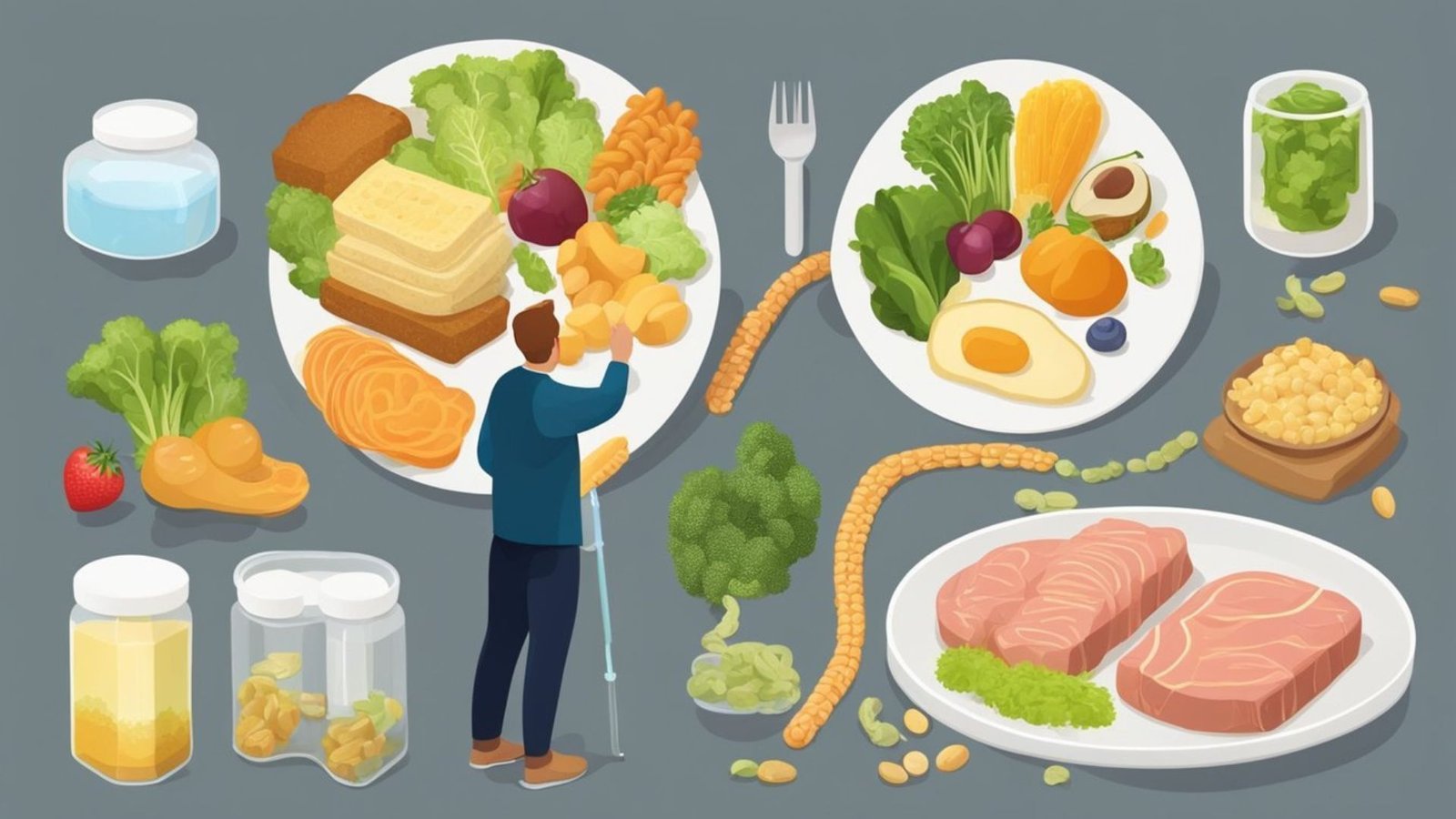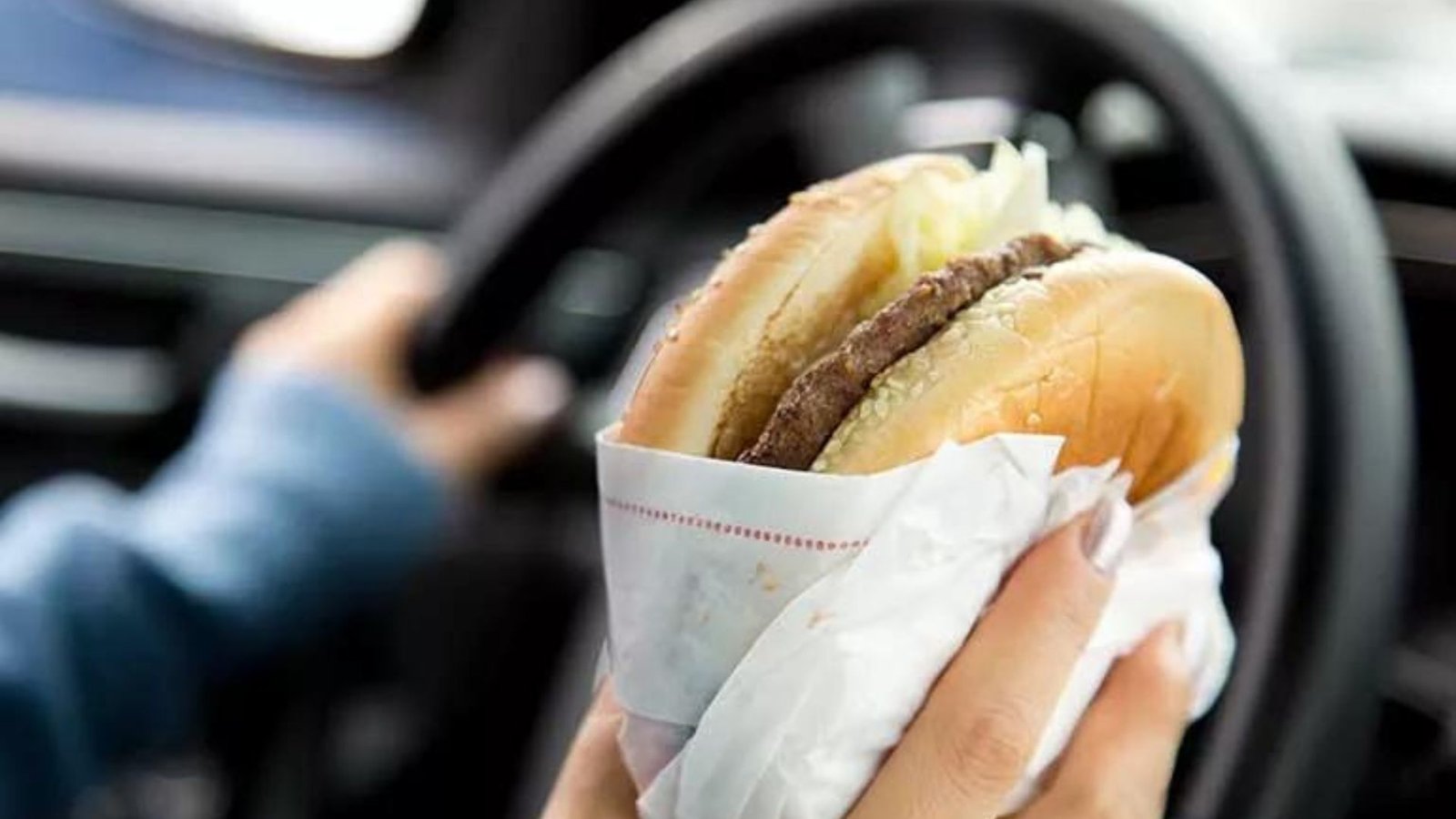Weight loss plateaus can be frustrating and discouraging, especially after seeing consistent progress. A plateau occurs when your weight loss stalls despite following your diet and exercise routine. Understanding why plateaus happen and how to address them can help you overcome these hurdles and continue progressing toward your weight loss goals.

Understanding Weight Loss Plateaus
A weight loss plateau is a period where your weight remains stable despite your continued efforts to lose weight. Plateaus are a common part of the weight loss journey and can occur due to several factors:
- Metabolic Adaptation: As you lose weight, your body’s metabolism may slow down, reducing the number of calories you burn at rest.
- Decreased Muscle Mass: Weight loss can sometimes lead to a loss of muscle mass, which in turn can lower your metabolic rate.
- Water Retention: Temporary water retention can mask weight loss, making it seem like you’re not progressing.
- Adjustments in Physical Activity: If your exercise routine becomes less intense or if you’ve become less active, it can affect your weight loss progress.
Strategies to Overcome Weight Loss Plateaus
1. Reassess Your Caloric Intake
Track Your Food Intake
Reevaluate your caloric intake to ensure you’re still in a calorie deficit. As you lose weight, your caloric needs decrease. Use a food diary or app to track your daily food intake and adjust your portion sizes if necessary.
Avoid Undereating
While cutting calories is essential for weight loss, undereating can slow down your metabolism and hinder progress. Ensure you’re eating enough to support your energy levels and overall health.
Revamp Your Exercise Routine
Increase Intensity
Challenge your body by increasing the intensity of your workouts. Incorporate high-intensity interval training (HIIT) or increase the weight and resistance in your strength training sessions.
Change Up Your Activities
Variety in your exercise routine can prevent your body from adapting and help you break through a plateau. Try new activities, such as swimming, cycling, or group fitness classes, to keep your workouts engaging and effective.
Focus on Strength Training
Build Muscle Mass
Incorporate strength training into your routine to build and maintain muscle mass. Muscle tissue burns more calories at rest compared to fat tissue, which can help boost your metabolism and facilitate weight loss.
Target Different Muscle Groups
Include exercises that target various muscle groups to promote overall muscle development and prevent imbalances. Aim for strength training sessions at least two to three times per week.
Evaluate Your Diet Quality
Opt for Nutrient-Dense Foods
Ensure your diet is rich in nutrient-dense foods, including fruits, vegetables, lean proteins, whole grains, and healthy fats. Nutrient-dense foods provide essential vitamins and minerals that support overall health and aid in weight loss.
Reduce Processed Foods and Sugars
Cut back on processed foods, sugary snacks, and high-calorie beverages. These can contribute to weight gain and hinder your progress.
Manage Stress and Sleep
Prioritize Quality Sleep
Aim for 7-9 hours of quality sleep per night. Poor sleep can affect hunger hormones, increase cravings, and slow down weight loss. Establish a consistent sleep routine and create a relaxing bedtime environment.
Practice Stress Management
Chronic stress can impact your weight loss efforts by triggering emotional eating and affecting metabolism. Incorporate stress-reduction techniques such as meditation, deep breathing, or yoga into your daily routine.
Stay Hydrated
Drink Plenty of Water
Proper hydration is essential for overall health and can aid in weight loss. Drinking water before meals can help control appetite and prevent overeating. Aim for at least 8 cups of water per day.
Monitor Fluid Intake
Be mindful of your fluid intake, including beverages that contain added sugars or calories. Opt for water, herbal teas, or sparkling water with a splash of citrus.
Reevaluate Your Goals
Set New Milestones
If you’ve reached a plateau, reassess your weight loss goals and set new milestones. Breaking your goals into smaller, achievable targets can provide motivation and help you stay focused.
Adjust Your Expectations
Recognize that weight loss progress may slow down over time. Adjust your expectations and focus on other positive changes, such as improved fitness or increased energy levels.
Seek Professional Guidance
Consult a Healthcare Provider
If you’re struggling to overcome a weight loss plateau, consider consulting a healthcare provider or a registered dietitian. They can provide personalized advice, assess any underlying issues, and help you create a tailored plan to break through the plateau.
Work with a Personal Trainer
A personal trainer can help you optimize your exercise routine, introduce new workout strategies, and provide motivation and accountability.
Conclusion
Weight loss plateaus are a common part of the journey, but they can be overcome with the right strategies. By reassessing your caloric intake, revamping your exercise routine, focusing on strength training, evaluating your diet quality, managing stress and sleep, staying hydrated, reevaluating your goals, and seeking professional guidance, you can break through plateaus and continue making progress toward your weight loss goals. Patience and persistence are key—stay committed, and remember that even small adjustments can lead to significant improvements.




